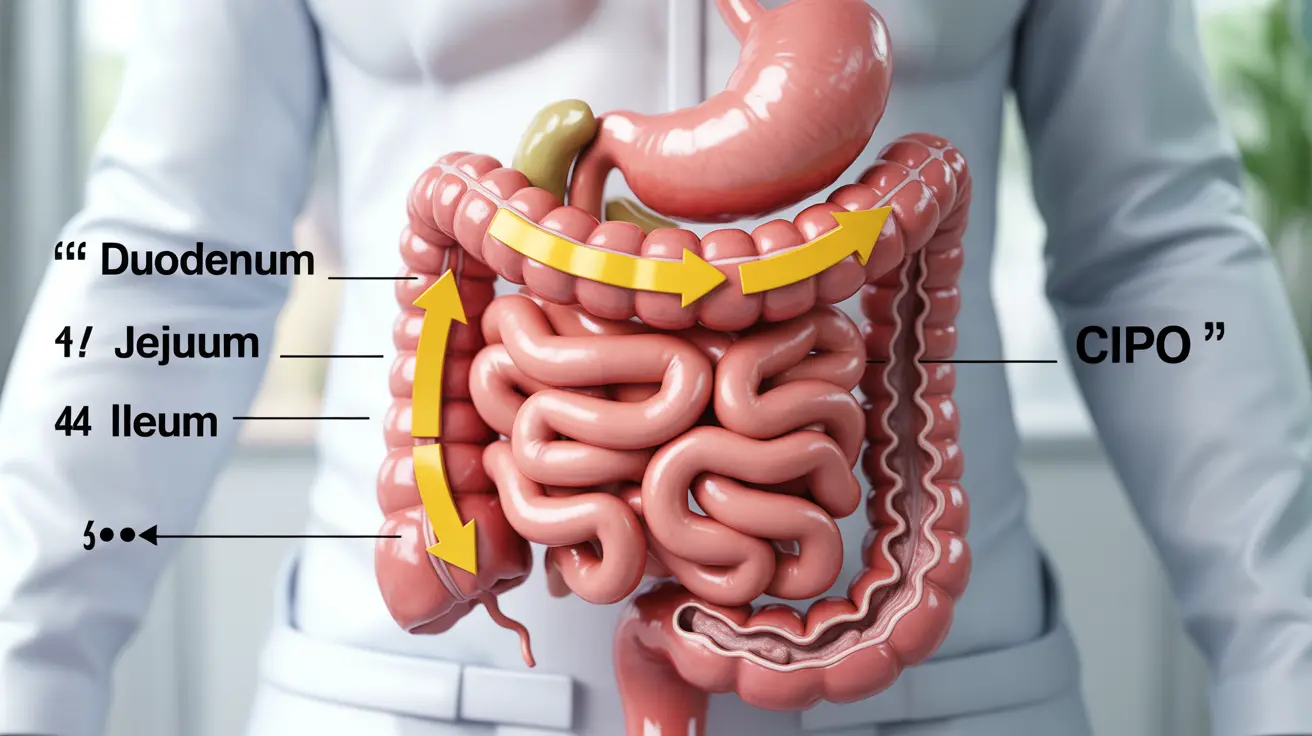Chronic intestinal pseudo-obstruction (CIPO) is a rare but serious digestive condition that affects the body's ability to move food through the digestive tract. Understanding how to manage this condition effectively is crucial for maintaining quality of life and preventing complications. This comprehensive guide explores essential strategies for living with CIPO, from recognizing symptoms to implementing practical lifestyle adjustments.
Understanding CIPO and Its Impact
CIPO occurs when the intestinal muscles or nerves malfunction, creating symptoms that mimic a physical blockage in the digestive system without any actual obstruction present. This condition can affect people of all ages and requires careful management through various medical and lifestyle approaches.
Recognizing Key Symptoms
Understanding the symptoms of CIPO is crucial for early intervention and proper management. Common indicators include:
- Severe abdominal pain
- Chronic nausea and vomiting
- Bloating and distention
- Loss of appetite
- Difficulty with bowel movements
- Unexplained weight loss
Diagnostic Process and Monitoring
Proper diagnosis of CIPO involves several medical tests and procedures to rule out physical blockages and confirm the condition. Healthcare providers typically use:
- X-rays and CT scans
- Manometry tests to measure intestinal muscle contractions
- Blood tests to check for nutritional deficiencies
- Endoscopic procedures
Treatment Approaches
Medical Management
Treatment strategies often involve a combination of approaches tailored to individual needs:
- Medications to improve gut motility
- Pain management solutions
- Antibiotics when necessary
- Regular monitoring of vital signs and symptoms
Nutritional Support
Maintaining proper nutrition is crucial when living with CIPO. Key strategies include:
- Working with a registered dietitian
- Following a specialized diet plan
- Possible need for enteral or parenteral nutrition
- Regular monitoring of nutritional status
Lifestyle Modifications
Dietary Adjustments
Specific dietary changes can help manage symptoms and improve digestive function:
- Eating smaller, more frequent meals
- Avoiding trigger foods
- Maintaining proper hydration
- Following a low-fiber diet when necessary
Daily Living Strategies
Implementing practical lifestyle changes can significantly impact quality of life:
- Establishing regular eating schedules
- Managing stress through relaxation techniques
- Getting appropriate physical activity
- Maintaining a symptom diary
Support Systems and Resources
Building a strong support network is essential for managing CIPO effectively:
- Regular communication with healthcare providers
- Connecting with support groups
- Family and friend involvement
- Access to mental health resources
Frequently Asked Questions
What are the common symptoms of chronic intestinal pseudo-obstruction (CIPO) that I should look out for? Common symptoms include severe abdominal pain, bloating, nausea, vomiting, difficulty with bowel movements, and unexplained weight loss. These symptoms can vary in intensity and may come and go over time.
How is chronic intestinal pseudo-obstruction diagnosed and monitored over time? CIPO is diagnosed through a combination of imaging tests, manometry studies, and careful evaluation of symptoms. Ongoing monitoring includes regular check-ups, nutritional assessments, and tracking of symptoms through patient diaries.
What treatment options and dietary changes can help manage CIPO symptoms and improve quality of life? Treatment typically involves medications to improve gut motility, pain management, and dietary modifications. Some patients may require nutritional support through feeding tubes or IV nutrition. Dietary changes often include eating smaller, more frequent meals and avoiding trigger foods.
How can nutritional deficiencies be prevented or treated in people living with CIPO? Nutritional deficiencies are prevented through regular monitoring by healthcare providers, working with a registered dietitian, and possibly using supplemental nutrition. This may include vitamin supplements, enteral nutrition, or parenteral nutrition when necessary.
What lifestyle adjustments and support strategies are recommended for coping with chronic intestinal pseudo-obstruction? Key lifestyle adjustments include establishing regular eating schedules, managing stress, maintaining appropriate physical activity, and building a strong support network. Working with healthcare providers and joining support groups can also help in coping with the condition.




